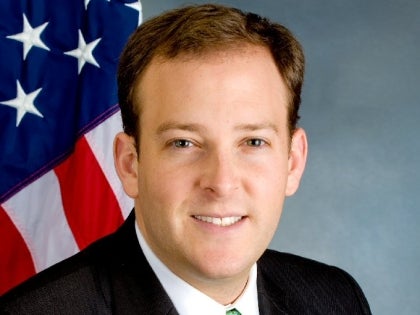
Senator Lee Zeldin Praises Win for NY Fishermen
Lee M. Zeldin
February 10, 2014
-
ISSUE:
- Environment
- Hunting and Fishing
Contact: Kara Cumoletti: (518) 455-3576 or (315) 289-7419
Senator Lee Zeldin Praises Win for NY Fishermen
RONKONOMA—Today, Senator Lee Zeldin (R,C,I—Shirley) praised the Atlantic State Marine Fisheries Commission (ASMFC) vote to amend its Summer Flounder Management Plan to implement “Regional Management” for fluke.
This move by the ASMFC, which New York fishermen have been pushing for nearly a decade, will provide a great benefit for local businesses that rely heavily on this popular fishery. Regional Management will essentially “level the playing field” for New York fishermen, by bringing their regulations into parity with neighboring states such as New Jersey and Connecticut, whose regulations have long been less strict than those in New York. The result is that New York fishermen will no longer need to leave the state to enjoy fishing for fluke under these relaxed regulations.
“I am extremely pleased that the Commission agreed with the recommendation I advocated for to adopt this regional management measure for fluke, which is so important for the continued economic vitality of our recreational fishing community here on Long Island,” said Sen. Lee Zeldin, who has been a tireless advocate for fishermen since his initial election to the N.Y. State Senate in 2010.
“Our representatives on the Commission, the Mid-Atlantic Council, the Marine Resources Advisory Council, and New York State Department of Environmental Conservation, have worked extremely hard on this proposal over the past few years, and they deserve the thanks and gratitude of all of us who enjoy fishing as one of Long Island’s premier attractions and past times.”
In his first year in office in 2011, Senator Zeldin secured a repeal of the saltwater fishing license fee. Since then, he has continued to work closely with the fishing community to ensure that this traditional attraction and economic engine retains its historical status as an important cultural facet of life on Long Island.
-30-
Share this Article or Press Release
Newsroom
Go to NewsroomSenator Zeldin: MTA Must Not Bond Against MTA Payroll Tax Revenue
September 24, 2014
Senator Zeldin's Career Fair
September 24, 2014
Zeldin Receives Top Pro-Business Score from The Business Council of New York
September 17, 2014